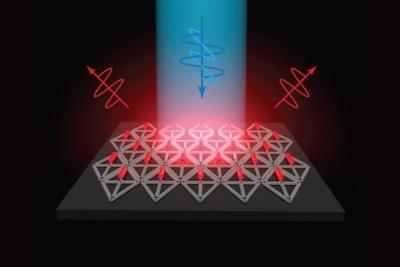Researchers from Sungkyunkwan University developed a new QD-EL HTL material that significantly enhances the brightness and stability
Researchers from Sungkyunkwan University developed a source material for the inorganic hole transport layer of QD-EL devices. The researchers say that the new material significantly enhances the brightness and stability of emissive QD displays.
The researchers say that currently used organic HTL materials suffer from low conductivity and thermal instability. The new material is a standard HTL doped by defect-controlled nickel oxide-magnesium oxide alloy and treated with magnesium hydroxide. Using the new material, the EQE of the QD-EL device increased to 16.4%. The doping and treatment lowered the hole conductivity of the hole transport layer and suppressed the hole extraction process from within the quantum dots, thereby enhancing the device efficiency to a level comparable to existing technologies.









